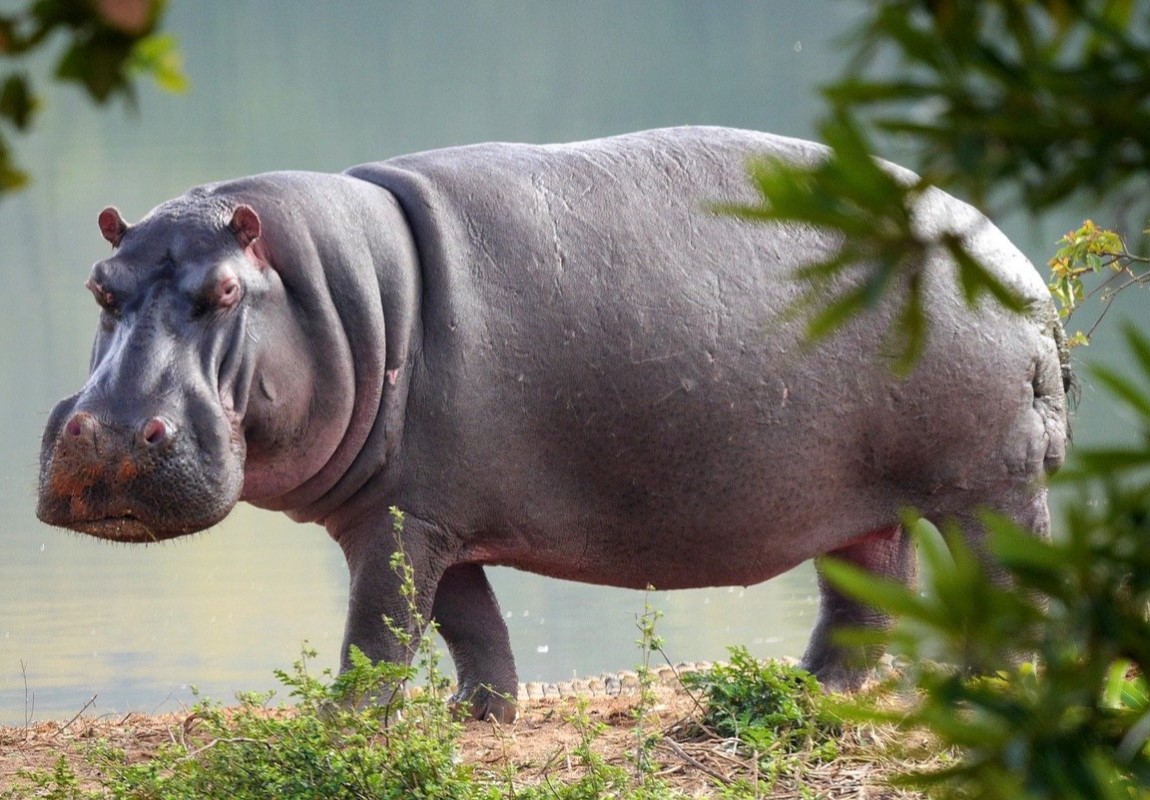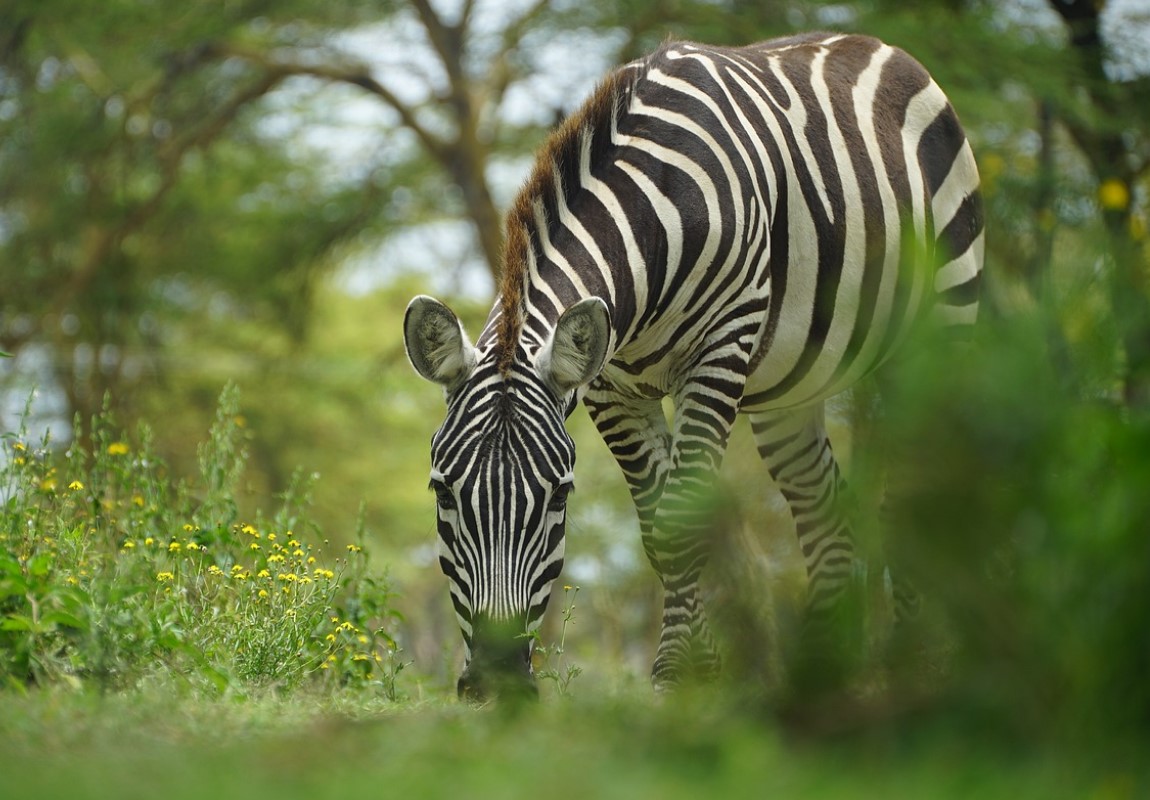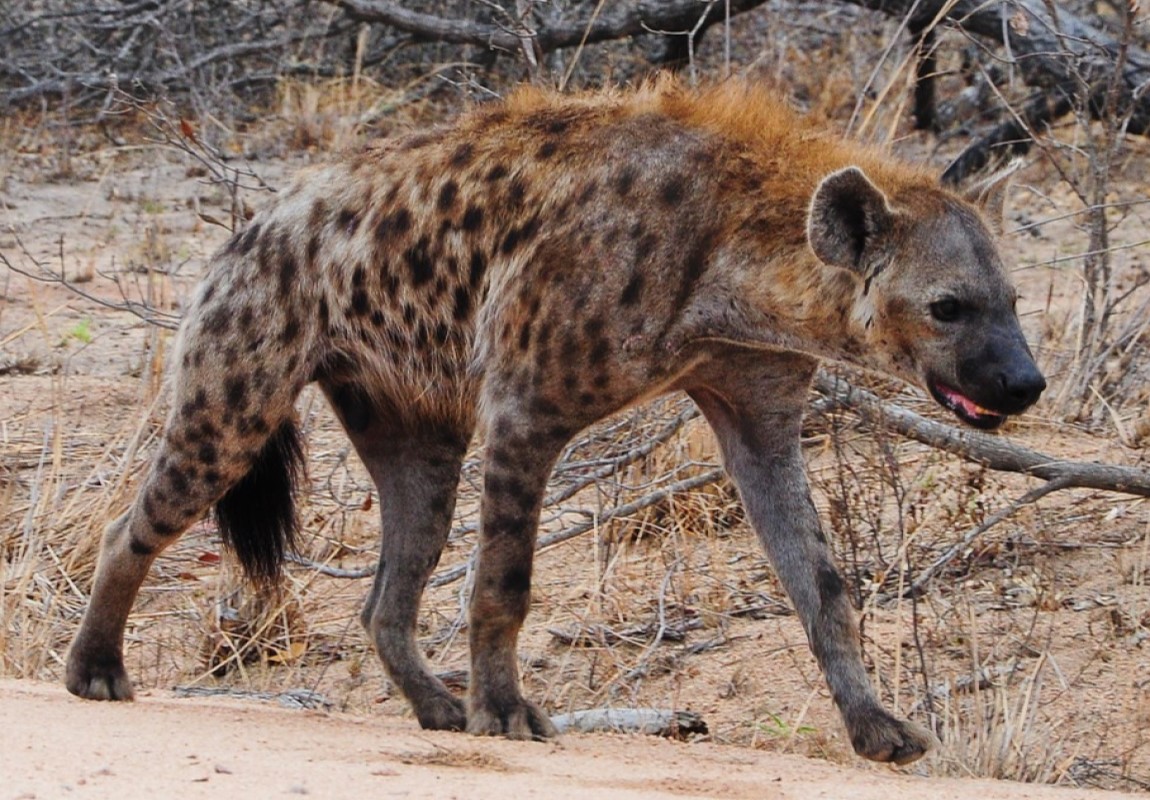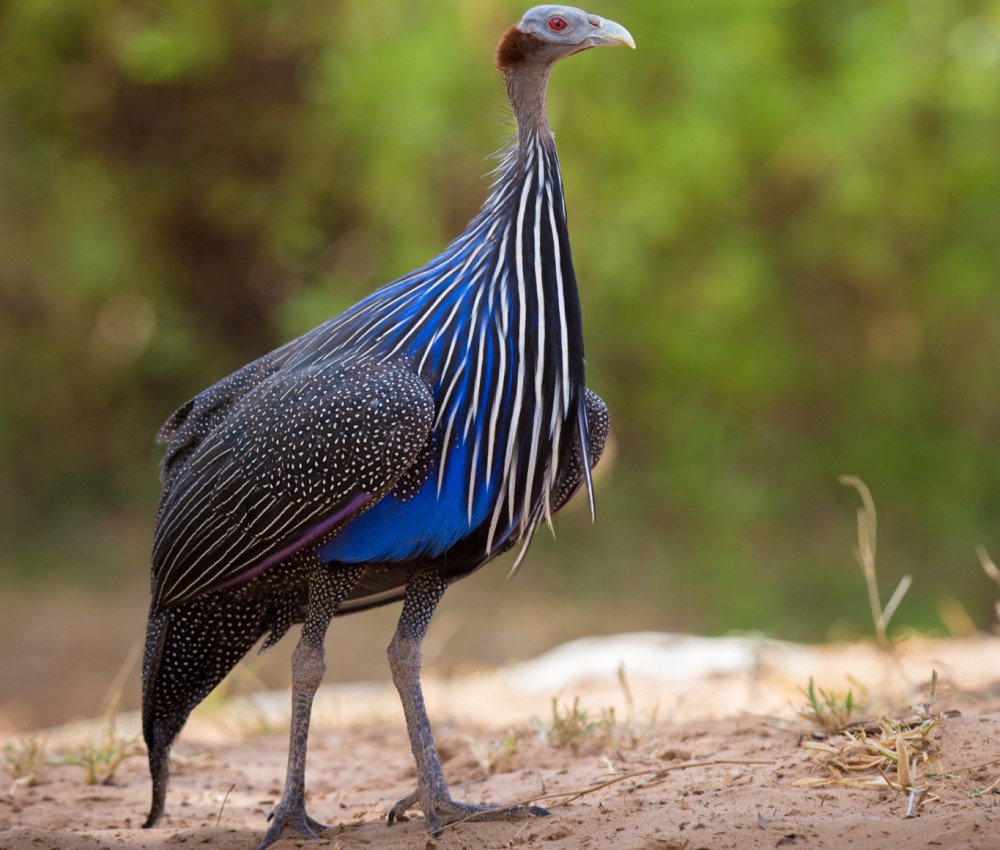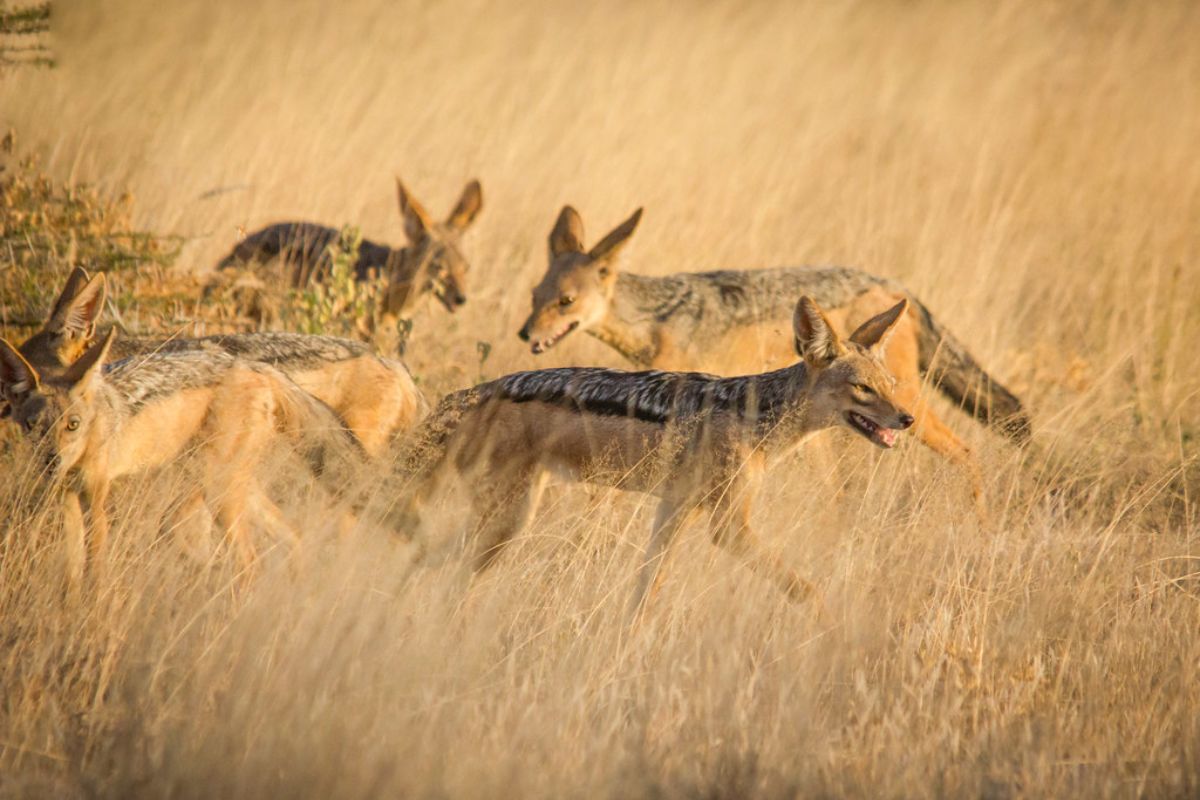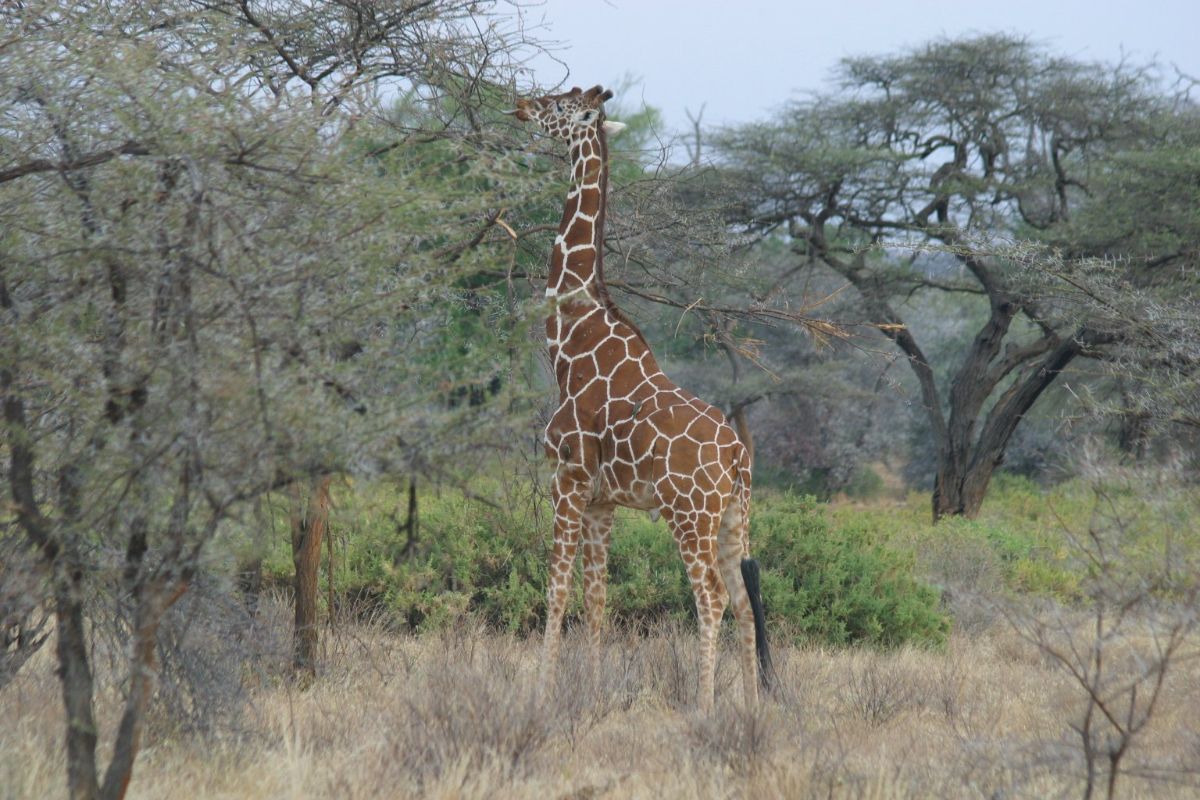Overview – Buffalo Springs NR
Buffalo Springs National Reserve, Shaba National Reserve and Samburu National Reserve share a similar ecosystem and are located on the opposite banks of the Ewaso Nyiro River. Buffalo Springs has several landmarks, one of which is the centuries-old volcano Champagne Ridge – a popular safari attraction. These springs provide a rich water source even during the driest months, attracting animals such as Rothschild’s giraffe, Grevy’s zebras, and predators. The region is semi-arid and can be especially dry during the peak safari season.
-
Wildlife21 Animals
-
High SeasonDecember to March and July to October
-
Best Time to GoJune to September and January to February
Pros & Cons
- An amazing variety of wildlife including four of the Big 5 Animals except for Rhino
- Interesting mammal species restricted to the barren north
- Less busy compare to its neighbouring park; Samburu
- The reserve is little visited with great wilderness appeal
- Amazing birding experience with Dry country specials
- Limited accommodation options compare to Samburu
- Very hot and dry
Buffalo Springs NR Map in Africa
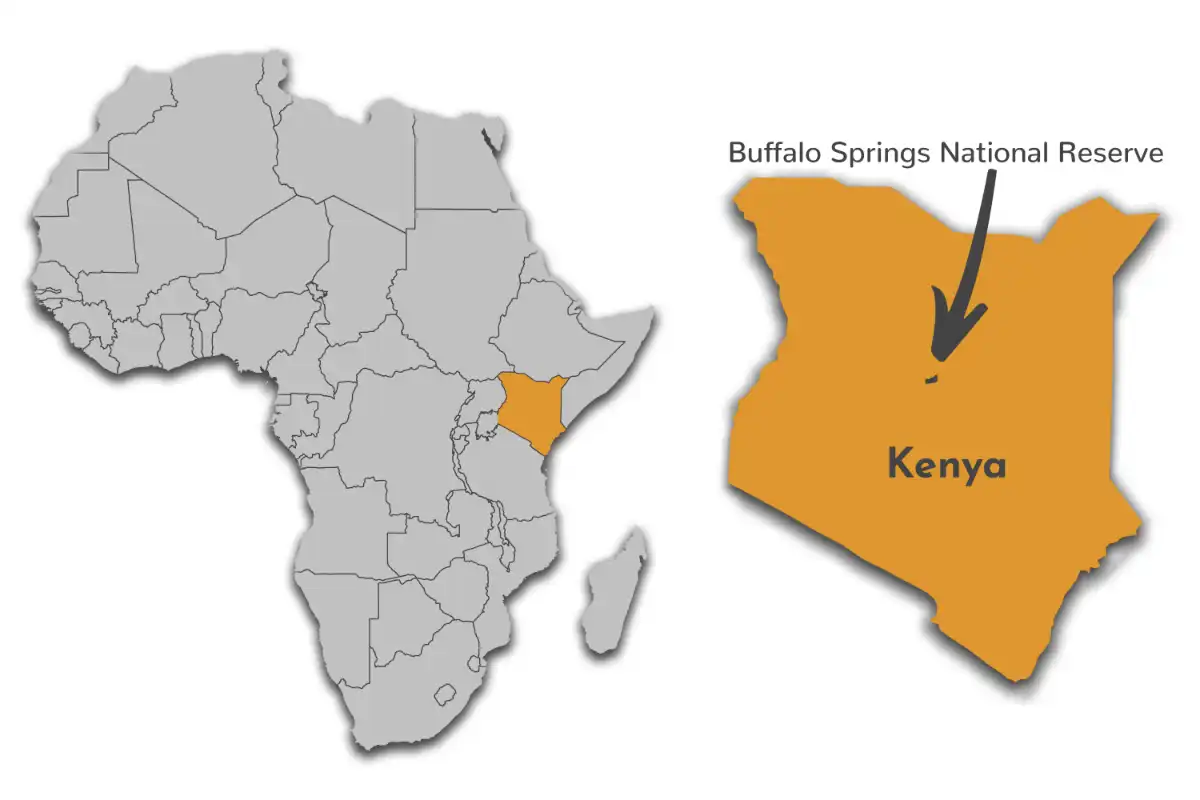
Buffalo Springs NR Safari Reviews
Want to Visit Buffalo Springs NR?
Wildlife & Animals – Buffalo Springs NR
Bison Springs has a healthy wildlife populace, including four of the Big five animals aside from rhinos. The reserve’s acclimated leopards are simpler to spot here just like other wildlife including; Beisa oryx, reticulated giraffe, hippos, gerenuk, greater kudu, lesser kudu, Burchell's zebra, and Grevy's zebras, which are ample and can be regularly seen brushing in the reserve.
Wildlife Highlights
Visitors will be able to spot gerenuk, who stand up on their rear legs to reach leaves that are out of reach. Referred to as giraffe gazelle, its bizarrely long neck combined with a gazelle-like body is effectively recognizable. Waterbuck can be seen on the banks of the Ewaso Ng'iro River, home to crocodiles who invest a great deal of energy luxuriating on the shoals. Among the predators, lions are more elusive than the leopards in Buffalo Springs National Reserve and there is an enormous number of striped hyenas.
Best Time for Wildlife Viewing
Buffalo Springs can be visited all year round, but heavy rainfall might create challenges. There is rain along the coast throughout the year. The best time for wildlife viewing is in the Dry season from June to October. Wildlife is simpler to spot since vegetation is more slender and animals assemble around predictable water sources.
Want to Visit Buffalo Springs NR?
Birds – Buffalo Springs NR
Buffalo Springs National Reserves have more than 365 bird species recorded. The dry, open country offers exceptionally compensating birding experiences. The region holds various northeast African dry-country species that are imparted to Ethiopia and Somalia. A portion of the heavyweights to pay special mind to are Somali ostrich, vulturine guineafowl and Abyssinian ground hornbill. The reserve has a few species of sunbirds, sparrows, larks, and starlings, for example, black-bellied sunbird, Hunter's Sunbird, pink-breasted lark, red-winged Lark, singing hedge lark, bristle-delegated starling, and brilliant breasted starling.
Notable Birds in Buffalo Springs NR
Best Time for Bird Watching
Buffalo Springs is a bird-watching utopia and produces good birding year-round. Birdwatching is excellent because numerous uncommon, dry-country specials are here constantly. The birding possibly improves when the migratory birds check in from November to April. The short and long rains peak during November and April, so remember that when arranging your outing.
Want to Visit Buffalo Springs NR?
Best Time to Visit – Buffalo Springs NR
Buffalo Springs National Conservancy offers good wildlife viewing throughout the year. However, the best time to visit is in the Dry season from June to October and December to March. During the wet season, the peak of the short rains (November), and in particular during the long rains (April and May); Wildlife viewing will be difficult as animals tend to scatter across the reserve and it's difficult to spot them.
-
Best Time
June to September and January to February
-
High Season
December to March and July to October
-
Low Season
April to June
-
Best Weather
June and December
-
Worst Weather
April
June to October (Dry Season)
- Rarely gets hot, Most of the time it's sunny & dry
- Due to short grass and less water sources, Animals can be spotted easily
- Fewer mosquitoes and less chance of catching malaria
- There is a lot of dust in the air because it is very dry
- The sky is hazy and the scenery isn’t as pretty
June to October (Wet Season)
- As the park is less busy, Pricing is very less to bring more travellers
- The scenery is beautiful and at its most lush
- Wildlife viewing gets special because of less crowd
- Birding is best as migratory birds are present
- Rain in April and May will sometimes come in between your planned activities
- Roads become sloppy and difficult to travel



